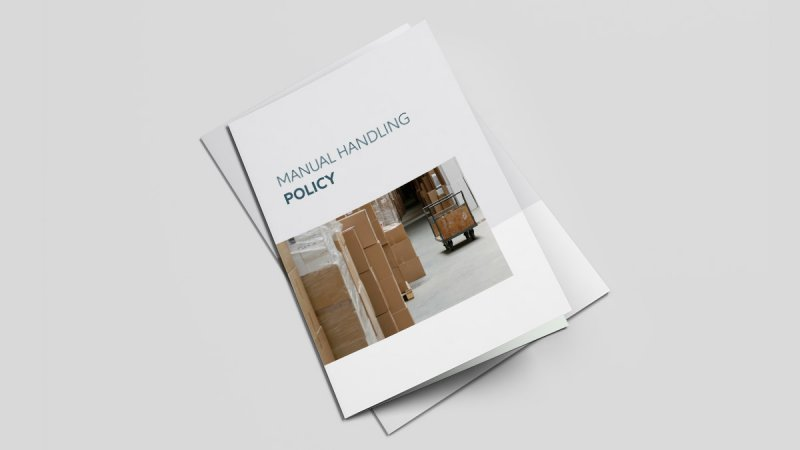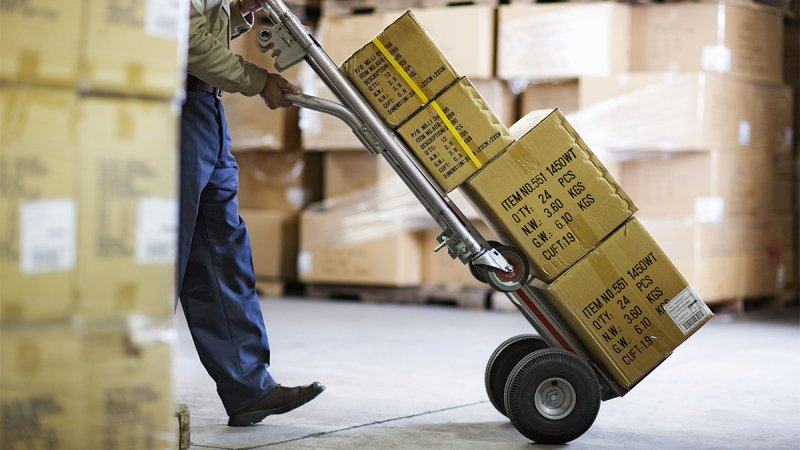Having a manual handling policy in place means that a business has a formal structure ready to deal with the subject of manual handling, something that definitely cannot be ignored. Manual handling is the process of an individual moving something without the use of a machine to help them – something that can result in injury if carried out incorrectly.
This isn’t a rare problem either, as a third of incidents reported to the Health and Safety Authorities every year are due to manual handling accidents. Not only are these manual handling injuries a hindrance to the individual involved, it causes a massive drain on resources for the employers. They have to cover costs towards the days lost, a decrease in productivity, legal fees, and the cost of training and retraining staff members. Manual handling is manageable and can be easily prevented, which is why every business needs a policy in place.
Policy Objectives
The objectives of a policy can vary between the company in question and their own priorities. However, it is safe to say that the following points are definitely a focus no matter what business and industry.
- Maintain a safe and healthy working environment for all parties involved.
- Reduce the costs of manual handling injuries to the organisation and the individual.
- Assess and address any workplace factors that may increase the risk of manual handling injuries.
- Provide access to everyone on the safe work procedures and resources in place.

What Makes a Good Policy?
A policy needs to cover all possible situations. By doing this the business can show that they are prepared for anything that should go wrong, highlighting a consistent level of understanding between the employer and their staff members too.
Having sections to summarise the duties of everyone involved means that there are no areas that shouldn’t be understood by all parties. This means detailing the duties of the managers and supervisors, as they are the figures that are responsible for their team members. However, employees are just as relevant when it comes to manual handling, arguably more so due to the fact they are the ones that are injured should things go wrong.
Employers should include the arrangements they have made to secure the health and safety of employees. This could include:
- The elimination of hazardous manual handling activities
- Assessment of risks by looking at the task in hand, the load in question, the individual involved, and the working environment
Information around training on offer, as well as safe systems of work that the company has all need to be included too, showing employees what is on offer to them to improve their working life.
A good policy is all about being thorough. Missing things out could result in injuries that could otherwise be avoided.










